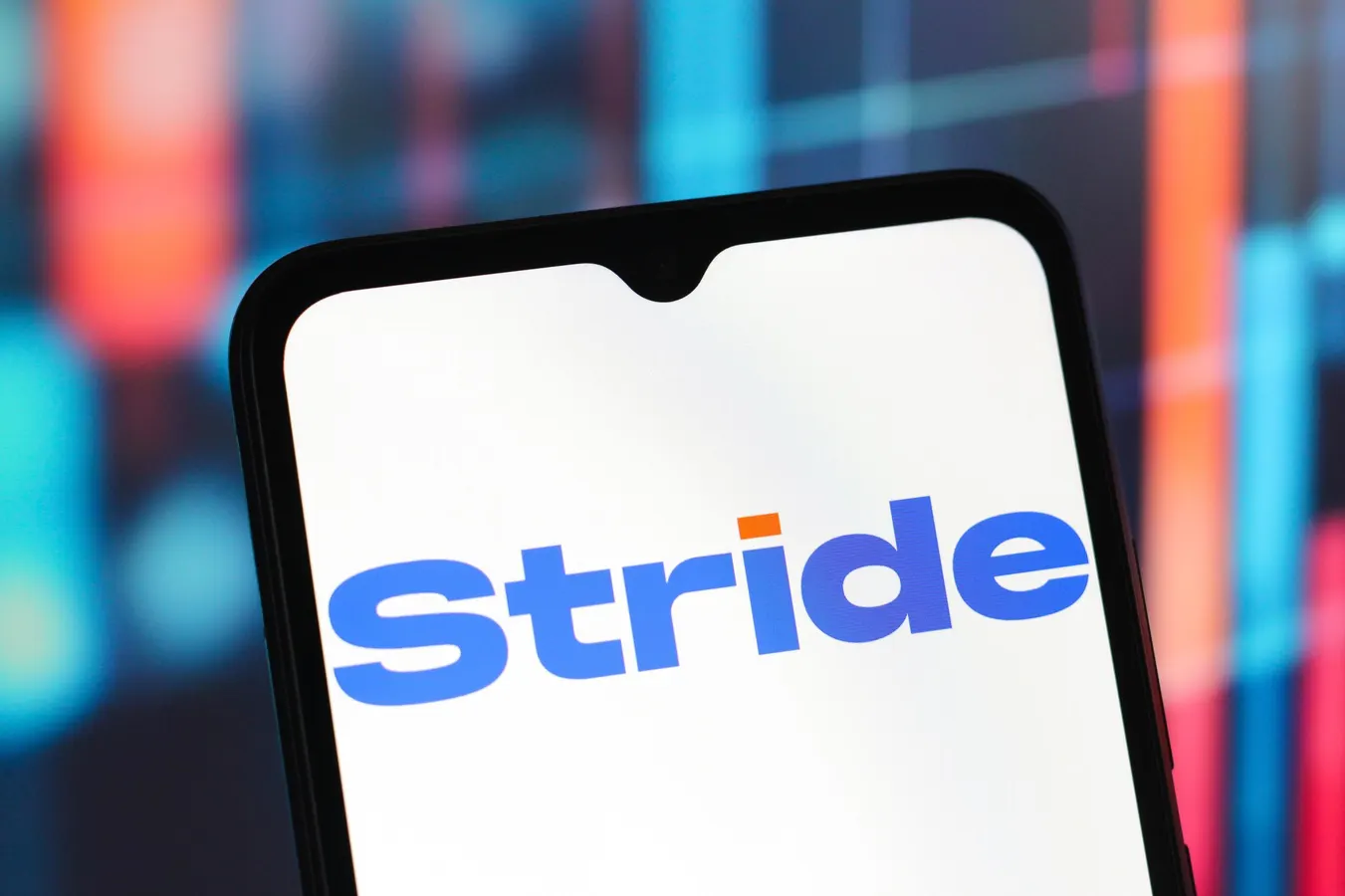Copyright forbes

CANADA - 2025/06/03: In this photo illustration, the Stride logo is seen displayed on a smartphone screen. (Photo Illustration by Thomas Fuller/SOPA Images/LightRocket via Getty Images) SOPA Images/LightRocket via Getty Images Stride (LRN) stock has decreased by 54.4% in a single day, despite the company posting better-than-expected Q1 earnings, as investors focused on its weak outlook and operational hiccups. While adjusted EPS of $1.52 and a 12.7% revenue jump to $620.9 million topped estimates, management’s guidance for next-quarter and full-year sales—both below Wall Street forecasts—sparked concerns about slowing momentum. The company also flagged technology rollout issues and higher student withdrawal rates, suggesting execution challenges that could pressure future growth. These factors overshadowed the earnings beat and triggered the steep sell-off in Stride’s stock. The stock appears appealing, yet the past indicates it experiences a challenging recovery within a year following significant declines. Evaluate the following information: Size: Stride is a $3.0 Bil company with $2.5 Bil in revenue currently trading at $70.05. Fundamentals: Revenue growth over the last 12 months is 17.3%, with an operating margin of 17.8%. Liquidity: It has a Debt to Equity ratio of 0.19 and a Cash to Assets ratio of 0.31. Valuation: Stride stock is presently trading at a P/E multiple of 9.6 and a P/EBIT multiple of 7.2. Has returned (median) -2.4% within a year following sharp drops since 2010. Refer to LRN Dip Buy Analysis. While we prefer to purchase dips if the fundamentals are solid – for LRN, see Buy or Sell LRN Stock – we are cautious regarding falling knives. Specifically, it's crucial to consider if circumstances worsen and LRN drops an additional 20-30% to the $49 level, will we be able to maintain our stock position? What is the worst-case outcome? We term this downturn resilience. It appears that the stock has performed worse than the S&P 500 index during various economic downturns. We evaluate this based on both (a) how much the stock declined and (b) how rapidly it rebounded. Investing in a single stock can be risky, but pursuing a broader, diversified strategy has substantial advantages. Should you invest in one stock you favor or construct a portfolio aimed at thriving across different economic cycles? Our analysis indicates that the Trefis High Quality Portfolio has transformed stock-picking uncertainty into outperforming consistency against the market. This portfolio is integrated into the asset allocation strategy of Empirical Asset Management — a wealth management firm based in the Boston area and a Trefis partner — whose asset allocation framework generated positive returns during the 2008-09 period when the S&P experienced a decline exceeding 40%. Below are the particulars; however, as a brief overview: LRN offers proprietary and third-party online curriculum, software, and career learning services to enhance individualized K-12 education and skill development in various industries globally. 2022 Inflation Shock LRN stock decreased by 32.8% from a peak of $46.56 on 21 October 2022 to $31.28 on 30 December 2022 compared to a peak-to-trough decline of 25.4% for the S&P 500. Nevertheless, the stock completely recovered to its pre-Crisis peak by 25 October 2023. Since that point, the stock rose to a peak of $169.81 on 27 August 2025 and currently trades at $70.05. MORE FOR YOU 2020 Covid Pandemic LRN stock dropped by 59.2% from a high of $51.60 on 5 August 2020 to $21.05 on 10 November 2020 compared to a peak-to-trough decline of 33.9% for the S&P 500. Nonetheless, the stock fully recovered to its pre-Crisis peak by 25 October 2023. Covid Pandemic 2018 Correction LRN stock dropped by 48.8% from a high of $37.00 on 16 April 2019 to $18.96 on 5 December 2019 compared to a peak-to-trough decline of 19.8% for the S&P 500. However, the stock completely recovered to its pre-Crisis peak by 14 July 2020. 2018 Correction 2008 Global Financial Crisis LRN stock decreased by 57.6% from a peak of $29.23 on 29 May 2008 to $12.38 on 9 March 2009 compared to a peak-to-trough decline of 56.8% for the S&P 500. However, the stock fully recovered to its pre-Crisis peak by 24 September 2010. 2008 Global Financial Crisis It is important to consider how low LRN could fall during a downturn. Additionally, you should examine how the stock performed in comparison to the Trefis High Quality (HQ) Portfolio, which includes 30 stocks, and has a history of comfortably outperforming its benchmark that encompasses all three — the S&P 500, S&P mid-cap, and Russell 2000 indices. What is the reason for this? Collectively, HQ Portfolio stocks have delivered superior returns with reduced risk in comparison to the benchmark index; resulting in less volatility, as demonstrated by HQ Portfolio performance metrics. Editorial StandardsReprints & Permissions



